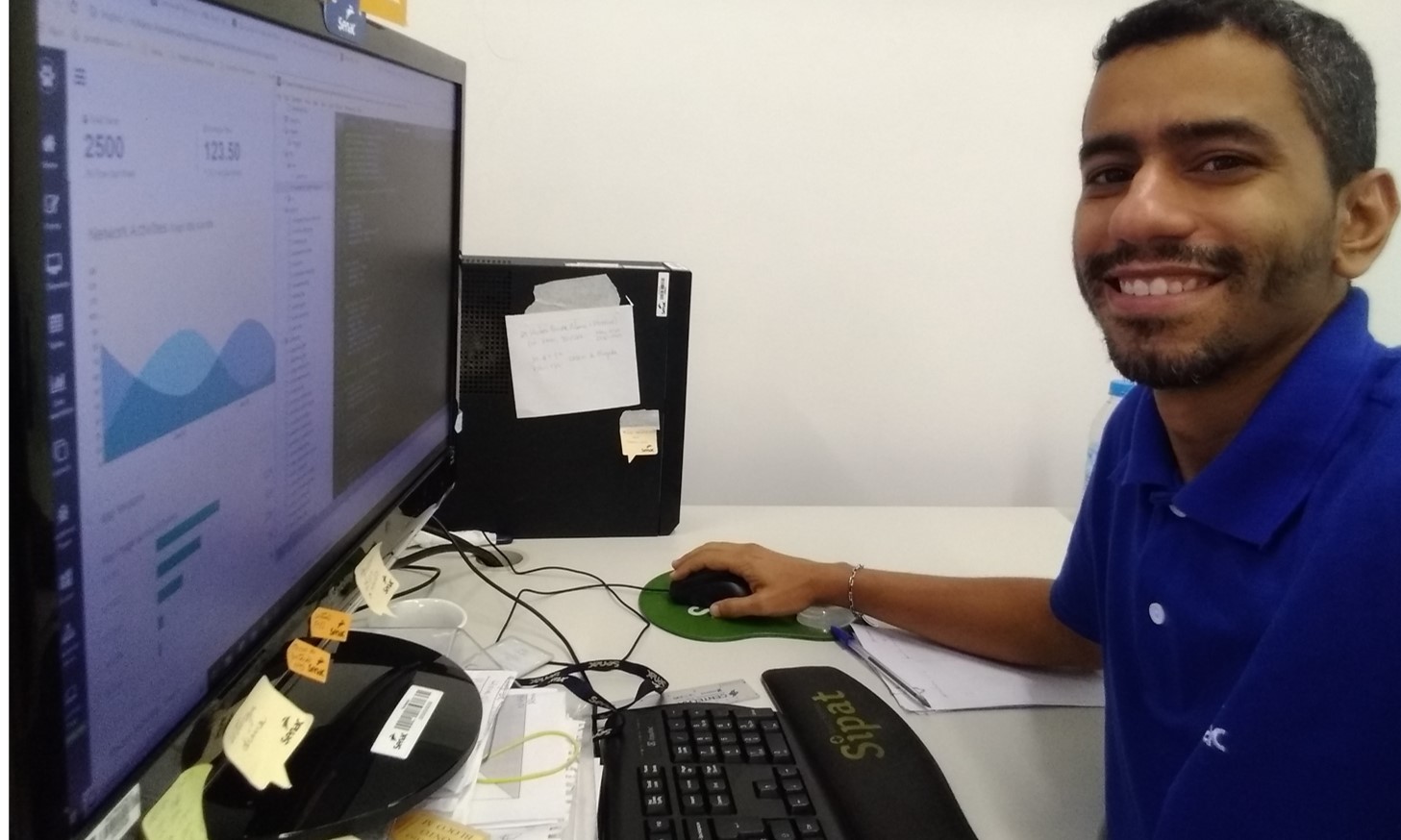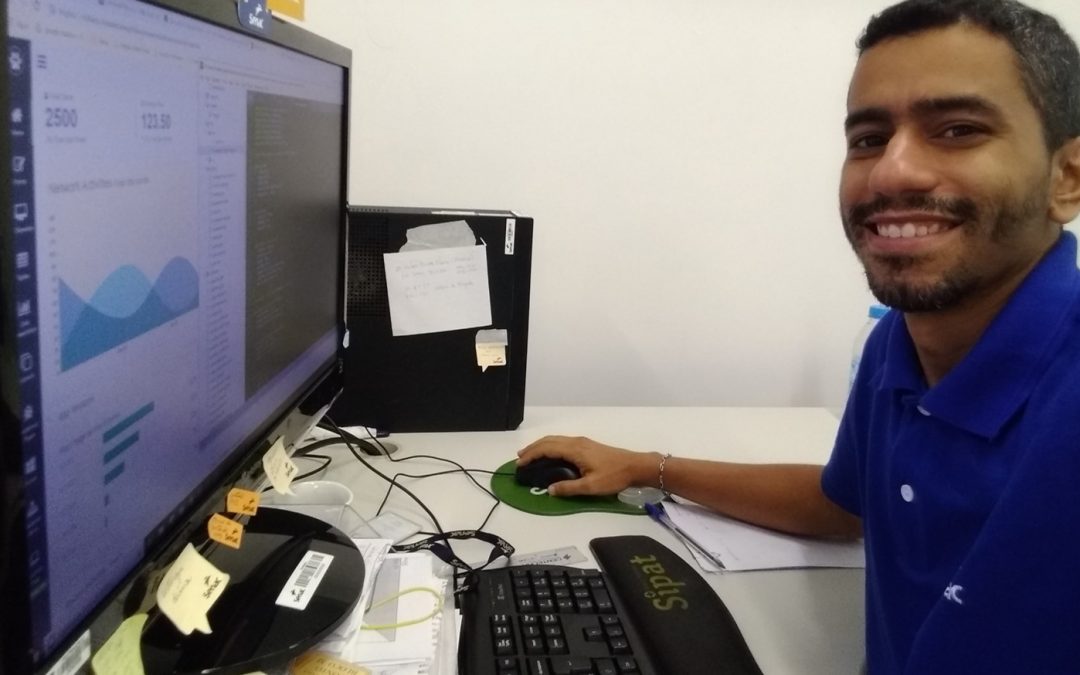The do’s and don’ts of virtual volunteer management

Article written by : Georgia Morrison – Free to Shine Board Member
When working with virtual volunteers, there are a few things that you can do to ensure the project goes smoothly. With the added challenges; whether that’s a time zone difference, the inability to have face-to-face meeting, or the digital nature of work submission.
Here are a few do’s and don’ts from my experience of both managing virtual volunteers, and being virtual volunteer.
Do identify a need or gap before you find a volunteer
In NGOs, capacity is often a problem, so don’t create more work for yourself by hiring a volunteer that you will need to find/create work for. Identify what needs doing first, where you have a skills gap, or a lack of capacity to complete necessary tasks. Then start looking for a volunteer who has the ability to help you with that work. This will reduce the amount of time you spend managing the project, and likely mean that you already have the project requirements ready to go. If you start with a volunteer, then try to find projects for them, you will often find that either what you are asking is outside their skillset, or that you’re creating work for them that may not have been needed.
Do Prepare before they start with you
Firstly, make sure you understand the volunteer’s skill level so that you’re assigning tasks that they will be able to complete. Then create a list of suitable tasks that sit within the project for it to be completed. Clearly define the required work style, whether that is specific days & times (remembering that volunteers may have limited availability) or an adhoc work style so they can complete tasks in their own time. It is important to be clear on what you are expecting. Also, consider how much of your time will be required to manage the volunteer, from initially running through the project, to giving feedback and checking in – this should help you in working out how quickly you would like things done. There’s no point setting short deadlines for the volunteer if you will be unable to give feedback in a timely manner.
Do create really clear briefs with lots of detail
Virtual volunteers most often work very independently. In my experience, I often brief in a task, then leave the volunteer to work on it until they’re ready for feedback. This means that you need to provide enough information for the volunteer to complete every aspect of that task without uncertainty. Otherwise the outcome may not be what you were expecting. At Free To Shine, where possible we provide a project brief (based on a template like the below example for a graphic design task) to try and ensure that we have captured all the information that the volunteer may need to complete the task. We have found since implementing this that the work we get back is much more accurate to what we are needing at the first round.
- Project Name:
- Category:
- Project Description:
- Output required:
- Purpose:
- Who For (Target Audience):
- Branding Notes:
- Mandatories:
- Text to be included:
- References/Inspiration:
- Other Notes:
Do Provide training as required
If your organisation requires things to be done in a certain way (most often to save you time rectifying things later), then make sure you provide adequate training on this before the volunteer starts work. This could be things as simple as file-naming, which programs to use for what, or notes on the organisation’s guidelines for copywriting/image use.
Do provide all the assets required for them to complete the work, and an easy way for them to submit work
Each volunteer that starts a project at Free To Shine receives a link to a dropbox/online folder, this includes all the brand assets and guidelines that they will need access to, to complete their specific project. It also provides them with a place where they can keep their work/files that both us as an organisation, and the volunteer always have full access to. We find this really useful to always have the original files, and to have a place where we can add relevant examples of work from your organisation where needed.
Do keep in touch throughout the project
Particularly in the early stages of the project, it’s important to keep in touch with the volunteer to see how they are going, ensuring they have all the information that they need, that they’re comfortable to complete the tasks they’ve been assigned and to answer any questions they may have. As they’re coming from outside the organisation they may need more information than an employee would, so be prepared for a few extra questions. It’s also important to show the volunteer that you value their time, and appreciate their work.
The main lesson that I have learned through both volunteering and managing volunteers virtually is never to waste the opportunity that you have been offered.
Ask your volunteers for feedback throughout their time with you to ensure you’re always improving how you work with them, and do everything you can to make sure their time with you is a positive and valuable experience.
Don’t assign work when you don’t have a clear brief
If you don’t really understand the project, or are unsure on exactly what is required, you cannot expect a volunteer to be able to successfully fill in those gaps. This will likely leave both you and the volunteer frustrated with an incomplete/incorrect outcome.
Don’t be unclear on timelines, or set unrealistic deadlines
Be sure to give some idea of when you are wanting/needing a task to be completed and ask if this timeline is realistic for the volunteer. Volunteering should be a great experience, never one of undue pressure and stress.
Don’t get frustrated if the outcome is different to your expectation
If a volunteer submits work that doesn’t meet your requirements, go back to your brief and see if you provided enough information, if anything could have been misunderstood, or if you had assigned work beyond their skill level. If you can find where the brief was unclear, rectify that. If the work simply isn’t up to scratch, always give feedback, but ensure that it is both constructive and kind.
Don’t take advantage of the volunteer, or forget that their time is valuable.
Volunteers are an incredible resource for non-profit organisations. It is important to remember that volunteers are people who are willingly, generously giving up their valuable time to help your organisation. Never assign unnecessary work, and always do what you can to make the best use of their time. Whether that’s consolidating feedback to avoid endless rounds of amends, or ensuring you have provided everything they need right at the start of a project. This can make a big difference to how a volunteer feels about their time with an organisation.
The main lesson that I have learned through both volunteering and managing volunteers virtually is never to waste the opportunity that you have been offered. Ask your volunteers for feedback throughout their time with you to ensure you’re always improving how you work with them, and do everything you can to make sure their time with you is a positive and valuable experience.
If you’d like to kick-off your virtual volunteer project, become a Professionals doing good partner! Find out more here..
Did you find this article interesting? Please share it with others and help us spread the word about Professionals doing good!

